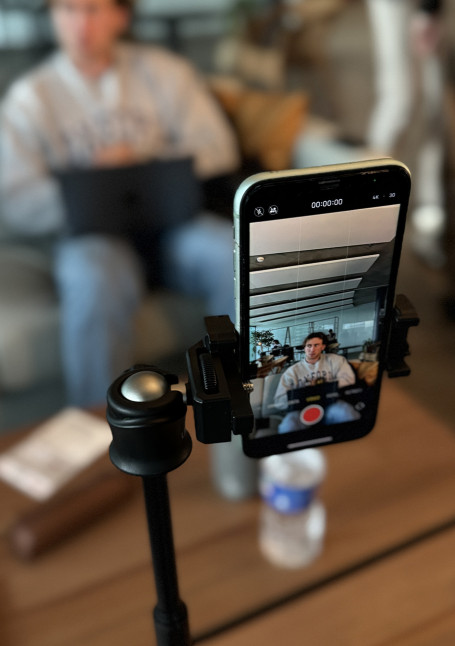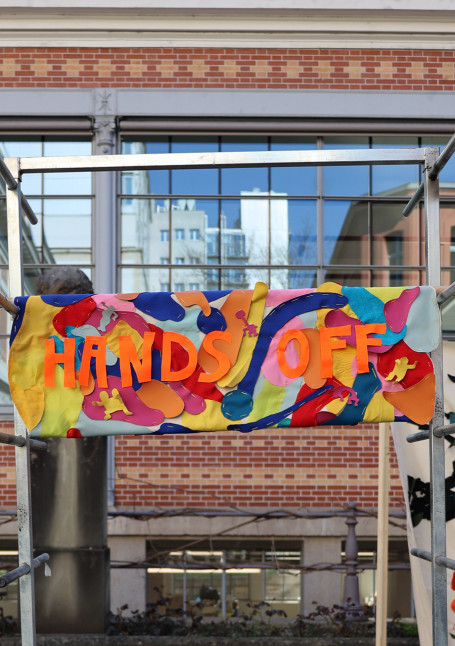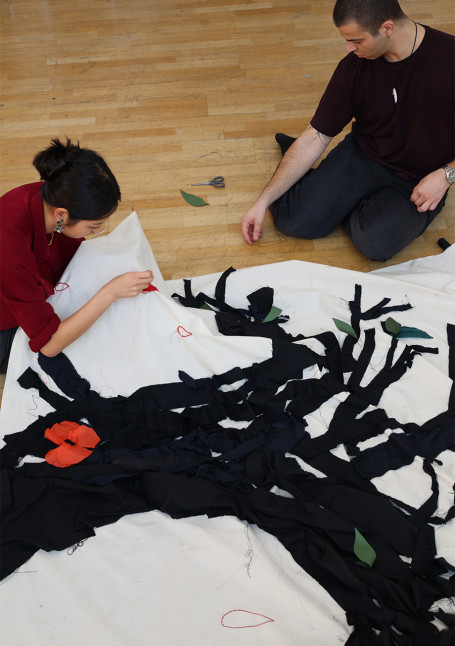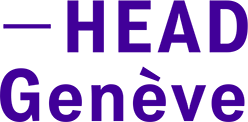- The school
- Studies and Research
- BACHELOR
- MASTER
- DOCTORATE
- RESEARCH
- TRANSDISCIPLINARITY
- POOLS
- CONTINUING EDUCATION
- Continuing education 2025-2026
- Artificial Intelligence, initiation
- Artificial Intelligence, Advanced
- Artificial intelligence open-source, ComfyUI
- Creative coding
- Engage with drawing
- Frame-by-frame animation
- 3D exhibition modeling in SketchUp
- 3D modeling, Blender
- Point cloud scanning
- Documentary podcast
- Serious games
- For students
- Studying at the HEAD
- InfoLab
- Living in Geneva
- Tuition fees and sholarship
- Library
- Regulations and instructions
- Projects
- Events
- Press
- Partnerships and prizes
New Partnership between HEAD and the Graduate Institute (IHEID)
In 2024–2025, the Geneva University of Art and Design established a partnership with the Graduate Institute of International and Development Studies to develop a pedagogical offering that explores the intersections between artistic practices, critical design, and international relations.
This collaboration is structured around two complementary Master-level formats:
1 – Theoretical Course “Visualizing International Relations”
Co-taught by Federica Martini (HEAD – Genève), Ruxandra Stoicescu, and Nataliya Tchermalykh (Graduate Institute), this course provided a cross-disciplinary lens combining aesthetics and geopolitics. It brought together students from the Master in Fine Arts (HEAD) and the Master in International Affairs (Graduate Institute). Sessions explored artistic networks of international solidarity, the history of artistic donations to international organizations, and the spatial politics expressed through art. Several guests, including @Julie Billaud, Guerreiro do Divino Amor, @Maria Lanko, @Grégoire Mallard, @Nayansaku Mufwankolo, and @Davide Rodogno, enriched the collective reflection with their transdisciplinary contributions.
2 – Two intensive workshops for International Relations students
In parallel, two intensive workshops were specially designed by HEAD faculty for Master’s students in International Relations at the Graduate Institute.
The first, “Filming Democracy: New Political Broadcasts in the Age of Social Media”, led by Anthony Masure and Thibéry Maillard, examined new forms of political dissemination in the digital era. Connected to the research project “Play-to-Learn,” this workshop explored how social media can help revitalize democracy across generational divides by blending entertainment with civic discourse. Students were tasked with producing a short smartphone-format video combining political messaging with video game-inspired codes and aesthetics. In just two days, participants created socially engaged videos designed for social media platforms.
The second, “Textile as a Political Tool”, led by Elizabeth Fischer and Magdalena Gerber, highlighted the subversive power of textiles in social struggles through the collective creation of activist banners. This workshop combined theory, practice, and critical reflection, allowing participants to engage with textile materials while revisiting the political history of thread, embroidery, and sewing as forms of resistance. Materials

Workshop - Filming Democracy: New Political Broadcasts in the Age of Social Media
© HEAD – Genève
© HEAD – Genève

Workshop - Textile as a Political Tool
© HEAD – Genève
© HEAD – Genève

Workshop - Textile as a Political Tool
© HEAD – Genève
© HEAD – Genève
